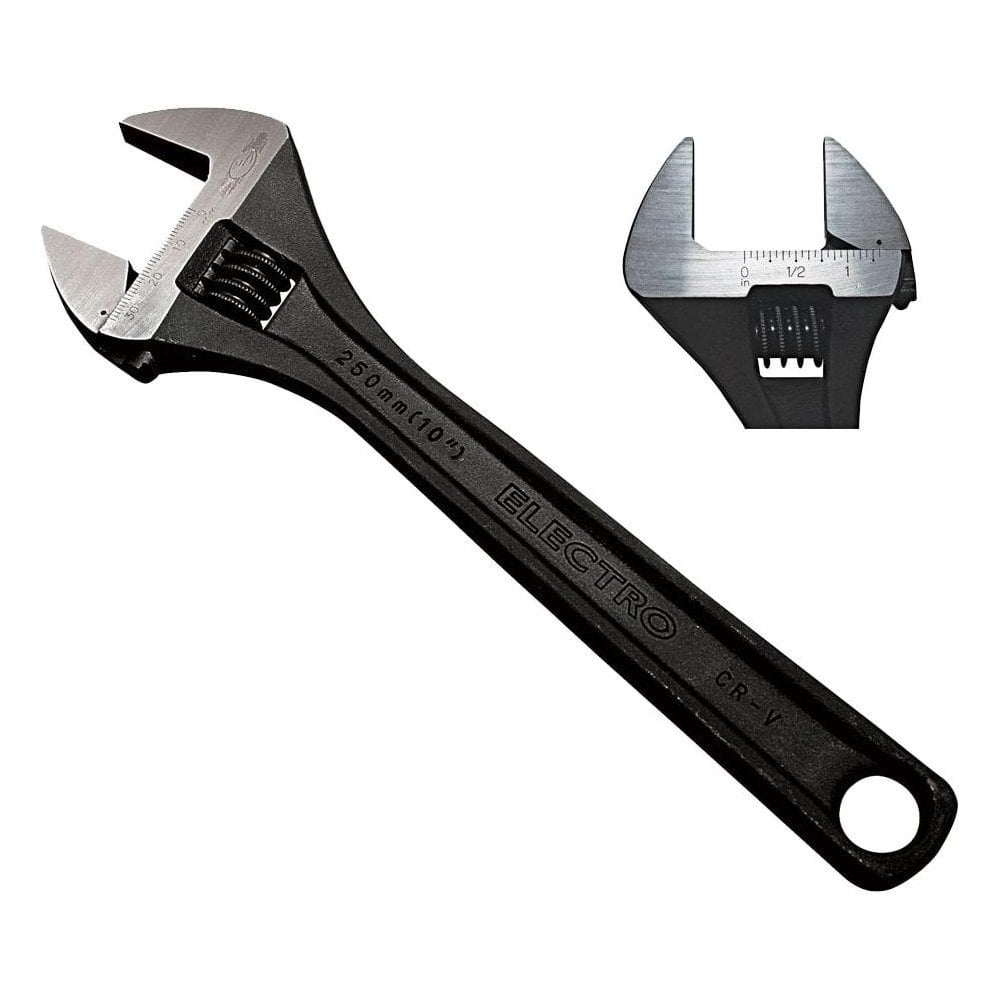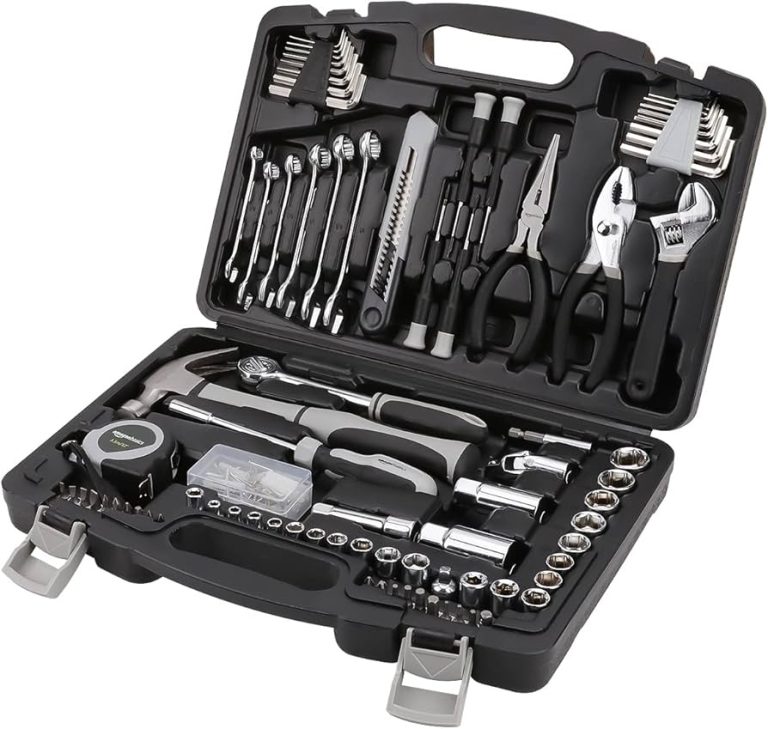
Essential Tools for DIY Car Battery Replacement
Introduction to DIY Car Battery Replacement
Replacing a car battery yourself can be straightforward. It saves money and time. Car batteries can fail at inconvenient times. Knowing how to change them is useful. With the right tools, a DIY replacement is doable. You can avoid waiting for professional help. What tools do you need to change a car battery? This guide will show what tools you need. It will walk you through the replacement process. Safety is important in this task. We will cover safety measures too. By the end, you’ll know how to replace a car battery. You can handle it yourself confidently. Read on to learn all you need for a DIY battery change.

Preparing for the Battery Change
Before beginning your DIY car battery change, preparation is key. Ensure you have all the necessary tools and replacement parts ready. What tools do you need to change a car battery? This will save time and prevent frustration mid-process. Preparing also involves taking the right safety measures.
Safety Precautions and Protective Gear
Safety is crucial when changing a car battery. Batteries contain harmful chemicals and can produce an electric charge. Before you start, make sure to:
- Wear gloves to protect your hands from acid.
- Use eye protection to prevent splashes in your eyes.
- Remove metallic jewelry to avoid accidental conduction.
- Ensure the car is off and keys are out of the ignition.
- Work in a well-ventilated area, preferably during daylight for visibility.
Following these precautions will help avoid injuries and accidents. With the right protective gear, you’ll safely handle the battery replacement.
Identifying the Right Replacement Battery
What tools do you need to change a car battery? Choosing the correct battery for your vehicle is essential. A wrong battery can result in poor car performance and other issues. To identify the right battery:
- Check your car’s owner manual for battery specifications.
- Look for labels on your old battery for size and power requirements.
- Match your new battery to these specifications.
Find a battery that meets or exceeds the original specs for best performance. It’s better to have a battery with more power than less. Do this, and you’re ready for the next steps.

Necessary Tools for Changing a Car Battery
To change a car battery, you need the right tools. This ensures efficiency and safety. Below are essential items needed for the job.
Wrenches and Pliers
Wrenches and pliers are vital for loosening and tightening terminals. You’ll often need adjustable or socket wrenches. Sizes like 10 mm and 12 mm are common for battery terminals.
Terminal Cleaning Tools
Corrosion can hinder battery performance. Use terminal cleaning tools to remove build-up. A wire brush or battery terminal cleaner works well. Baking soda and water can also clean terminals.
Safety Equipment
Safety is paramount when dealing with car batteries. Always wear gloves and safety goggles. This protects against acid and possible sparks. Added safety gear can include a non-conductive pair of pliers.
Other Useful Items
Additional helpful items include:
- A towel or rags for clean-up.
- Dielectric grease to prevent future corrosion.
- A battery carrier or strap for safe handling.
- A memory saver device to retain vehicle presets.
Collect these tools before starting the battery replacement. They assist in a safe and effective process.

Step-by-Step Guide to Replacing a Car Battery
Replacing a car battery is simple with the right steps. Follow this guide to do it yourself.
Removing the Old Battery
First, make sure the engine is off and the car is cool. Locate the battery and remember, safety first. Start by removing the negative terminal. It’s marked with a minus sign. Use a wrench or pliers to loosen the cable clamp. Carefully detach the cable and keep it aside. Next, take off the positive terminal, marked with a plus. Loosen it the same way and move it out of the way. Unfasten any brackets or clamps holding the battery. Lift the old battery out using its handle or with care from the sides. Keep it upright to avoid spills.
Installing the New Battery
Clean the battery tray and cable connectors. Use a brush if there’s corrosion. Place the new battery where the old one was. Make sure it is seated right. First, connect the positive terminal. Tighten it firmly but don’t overdo it. Then, attach the negative terminal. Secure it just like the positive one. Replace the brackets or clamps. They keep the battery still while driving. After that, start your car to check the installation. Proper installation means the car will start smoothly.
Follow these steps for a successful battery change. Look after your car and save money by doing it yourself.
Tips for Proper Maintenance and Care
Proper maintenance can extend your car battery’s life. It ensures optimal performance. Here are key tips:
Cleaning Battery Terminals and Cables
Regular cleaning of the terminals prevents power issues. Use a wire brush or terminal cleaner. For DIY cleaning, mix baking soda with water. Disconnect the cables. Start with the negative, then positive. Apply the mixture. Scrub off corrosion, rinse, and dry thoroughly. Clean terminals mean better connections and a longer-lasting battery.
Preventing Corrosion and Ensuring Longevity
To prevent corrosion, apply dielectric grease. Do this after cleaning the terminals. It shields against moisture and dirt. Also, check your battery often. Look for signs of wear or leaks. Tighten loose connections. Secure the battery firmly to avoid vibrations. These steps minimize damage risks and add to your battery’s lifespan.

Disposing of the Old Battery Responsibly
When you’re done replacing your car battery, don’t just throw the old one away. Car batteries contain harmful chemicals like lead and acid. It’s important to handle old batteries with care to prevent environmental harm.
Environmental Considerations
Old batteries must be disposed of properly to avoid polluting the environment. Improper disposal can lead to toxic chemicals seeping into the soil and water. Protect nature by recycling your used car battery. Many auto parts stores will take old batteries for free.
Where to Recycle Old Batteries
Look for battery recycling programs in your area. Auto shops, service stations, and some retailers offer recycling services. You can check online for nearby recycling locations. Some places may even pay you for the used battery. Remember, responsible disposal helps keep our planet clean.
Troubleshooting Common Issues After Replacement
After installing a new car battery, you may face some issues. It’s important to troubleshoot these problems quickly.
Checking Electrical Systems and Connections
Once you replace your car battery, check the electrical systems. Turn on your headlights, air conditioner, and radio. Ensure everything is working as it should. Look at the connections to make sure they are tight. Loose cables can cause problems. If something is not working, double-check the connections. Also, check for any corrosion that may have been missed.
What to Do if Problems Arise
If you run into trouble, here’s what to do:
- Check battery terminals for correct placement. Red is positive, black is negative.
- Tighten any loose connections with a wrench.
- Check the fuses in your car for any that may have blown.
- If your car won’t start, try jumpstarting it. It might just need a little more power.
- If issues continue, consult your car’s manual or seek professional help.
Understanding how to handle these issues will save you time and money. With the right tools and steps, you can solve many problems on your own.
Conclusion: Benefits of Knowing DIY Replacement
Learning to change a car battery on your own can be empowering. It saves money and avoids waits for help. This skill offers peace of mind, knowing you’re prepared for battery failures. With simple tools, a new battery is minutes away. It’s a step towards self-reliance in car maintenance.
Being able to diagnose and fix battery issues can prevent stress. It allows quick action when a battery dies. The knowledge is handy for family and friends too. You’ll feel confident and capable handling this common car issue.
Replacing your car battery can also be educational. It teaches about your vehicle’s electrical system. And it shows how car components work together.
Finally, responsible battery disposal helps the environment. It keeps hazardous materials out of landfills. By recycling, you contribute to a cleaner planet.
Knowing how to change a battery is both practical and rewarding. Your car runs smoothly, and you save on service costs. You look after the environment, and gain a useful skill. Everyone benefits from a little DIY knowledge in car battery replacement.

